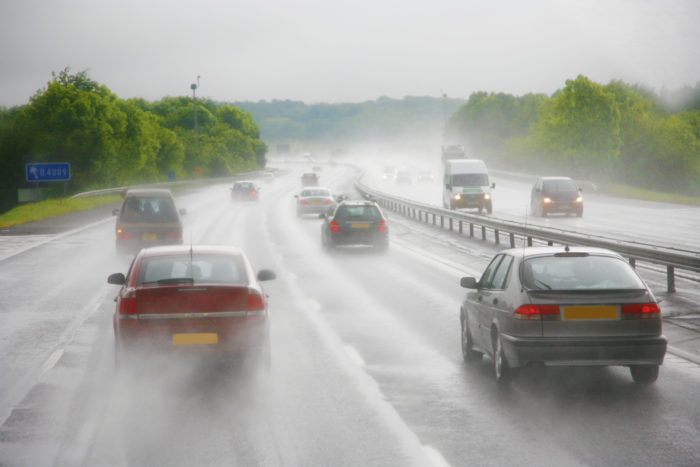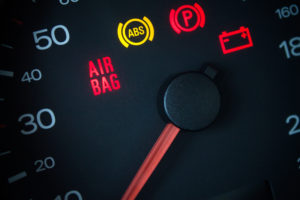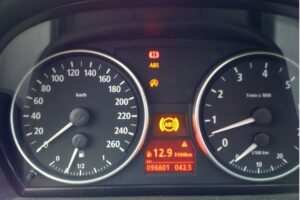Vehicles have become increasingly more complex in the last ten years, with new technology being flooded into our cars at an astonishing rate. In the early nineties it was strange to see an airbag implemented into a vehicle, now, it is hard to find a new car without a backup camera and anything less than six airbags installed.
When unnecessary electronics fail in a vehicle, there are always owners that express their desire to own a simple vehicle that isn’t equipped with these extraneous features. When things like heated seats or air pumps fail in older European vehicles, that is likely the end of it. The cost to fix such items often exceeds what the owner is willing to spend. If the car gets them from point A to point B, it has done its job. If ABS fails, is there an urgent need to repair the system, or can it be left with an illuminated ABS light for the life of the vehicle?
ABS should be repaired, eventually
Anti-lock brakes became a staple of the automotive spec-sheet in the early 2000s, no longer becoming an option but a standard feature. Today, it is hard to find anything without anti-lock brakes, as it is a mandatory safety feature on all new cars. With so many vehicles equipped with ABS, the eventual failure of these components is imminent. If many state inspections don’t require the ABS system to be functional to pass, don’t assume that this system isn’t as important as the engine or suspension.
A common ABS error is a wheel speed sensor fault. Unlike an oil light or temperature gauge indicating an overheat condition, there is no need to pull over immediately and park the vehicle. The great part about anti-lock brakes is that the car always utilizes the hydraulic braking system no matter what state the ABS is in. As long as the mechanical brake hardware is intact and safe, (calipers, pads, rotors) the brakes should always work towards bringing the vehicle to a stop.
Working brakes without ABS?
When an ABS fault is indicated by an illuminated dash light, there is no need to panic, but action should eventually be taken. For example, if an ABS sensor has a broken wire, the entire ABS system will be disabled since the initial self-test will not succeed. Depending on the season and frequency of poor surface conditions in your area, this will matter to some more than others. In the winter, braking on any slippery surface will be as if the vehicle isn’t equipped with ABS at all: Locked wheels, no steering, and decreased control. But, the brakes still have all the functionality they were equipped with from the factory, just no electronic ability to help the driver in a bad situation.
The ABS light is yellow for a reason – it indicates that caution should be taken while driving the vehicle, but there is no imminent need to stop. It is wise to get the system checked out sooner than later, but waiting until your next paycheck isn’t a bad timeframe. Just be aware of your vehicle’s limitations with the ABS system disabled and drive accordingly.



